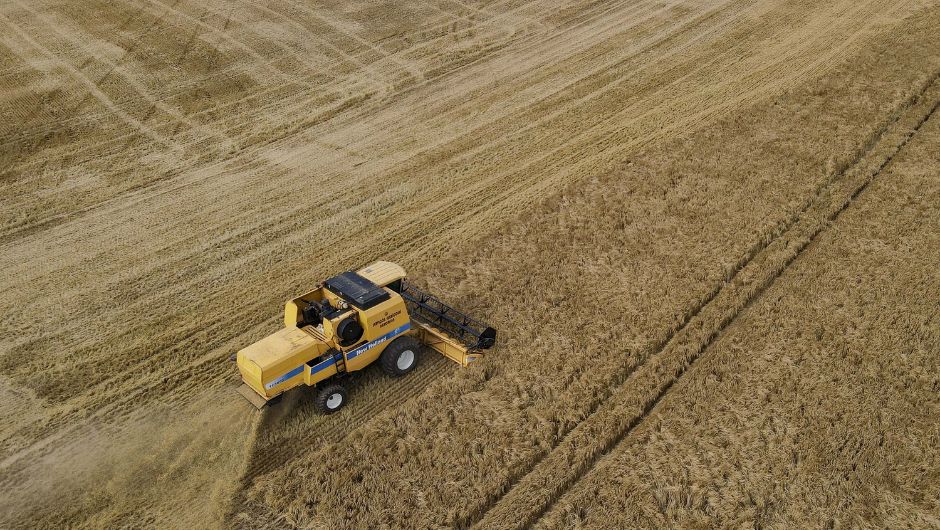Soybean harvest approaches 50% of the cultivated area in RS
There remain considerable areas of soybean crops to be harvested, especially in the southern half of the state, where the oilseed cycle has ended

The Ponta Grossa region should take the lead in barley production in the crop that is now starting to be planted. The first shows that sowing has already started in this region, representing an important change. Normally, planting begins in May in the Guarapuava region, which last year was the largest producer.
The alternation in the space occupied by barley in Paraná is one of the pieces of information contained in the Agricultural Situation Bulletin for the week of April 12th to 18th. The document is prepared by technicians from the Department of Rural Economy (Deral), the State Secretariat for Agriculture and Supply (Seab).
In the Guarapuava region, the Cooperativa Agraria centralizes processing work and, in 2023, concentrated 48% (134 thousand tons) of the 278 thousand tons of barley produced in the State. The neighboring region of Ponta Grossa, in turn, was responsible for the production of 109 thousand tons (39%). However, the estimate for this year is that there will be a 16% reduction in the total area dedicated to this crop in the State, falling from 87,2 thousand hectares to 73,4 thousand. The biggest drop is precisely in the Guarapuava nucleus, going from 43,2 thousand hectares to 26 thousand, or 40% less.
On the other hand, the Ponta Grossa region is expected to increase by 10%, going from 31,7 thousand hectares to 35 thousand. This is mainly due to the installation of Maltaria Campos Gerais, the largest in Latin America. As a result of investments of R$ 1,6 billion from the Agrária, Coopagrícola, Capal, Bom Jesus, Frísia and Castrolanda cooperatives, the forecast is to produce 240 thousand tons of malt per year.
The other smaller-scale regional producing centers are Curitiba, Irati, Jacarezinho, Pitanga, Apucarana, União da Vitória, Pato Branco and Francisco Beltrão.
The bulletin also presents the forecast from the National Supply Company (Conab) that soybean production in Brazil will be 146,5 million tons. Mato Grosso will maintain leadership, with a potential share of 26% of this total. Even with the climate problems, Paraná remains among the main producers.
The forecast for national corn production is 110,9 million tons, with Mato Grosso once again leading the way. Paraná should occupy second position. However, the second Brazilian harvest was damaged by the weather and the tendency is for the numbers to be revised downwards in the next estimates.
The Deral bulletin also deals with kiwi production, which was the fifth most imported fruit by Brazil last year, with 31,9 tons purchased for US$63,7 million. Chile and Italy were the largest suppliers. But the country also produces fruit. In Paraná, cultivation totaled 2,6 tons on 200 hectares, with a Gross Production Value (VBP) of R$ 15,2 million. Deral has been following culture since mid-2000.
State production is concentrated entirely in the South and Center-South, with the municipality of Antônio Olinto being the main producer (19,7%), followed by Araucária (18,2%), Porto Amazonas (15,5%), Lapa (9,5%) and Mallet (7,6%), accounting for 70,4% of the total. Another 26 municipalities exploit the fruit.
With the aim of boosting the activity, the municipality of Mallet will hold the Regional Fruit Growing Meeting – Kiwitec next Thursday (25). Kiwi is the highlight, but the potential of passion fruit and pitaya will also be analyzed.

Receive the latest agriculture news by email